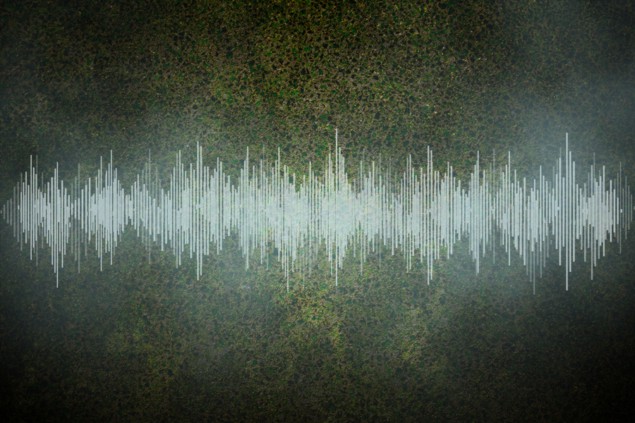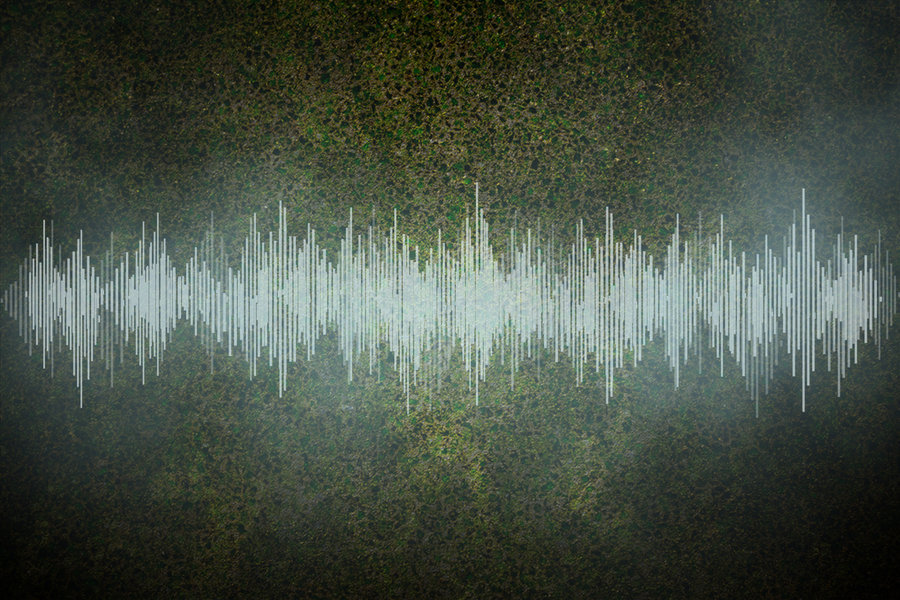
The acoustic properties of an ultracold fermion gas have been measured either side of the superfluid transition temperature in an experiment that has been described as “near perfect” and “beautiful”. The results could have significant implications for understanding everything from superconductors to the aftermath of the Big Bang.
Superfluidity occurs at very low temperatures when bosons such as helium-4 form a single, macroscopic quantum ground state. As well as being able to flow indefinitely without losing kinetic energy, a superfluid can famously climb uphill over a barrier to reach an energy minimum. Some fermions such as helium-3 can also form a superfluid by first pairing up to form bosons.
In helium-3, the interactions between atoms are relatively weak. However, strongly interacting Fermi gases, in which the mean free path of the particles is barely longer than the spacing between them, can also become superfluids. These systems display markedly different properties from superfluid helium-3 and cannot be described by the standard theory of superfluidity developed by the Soviet physicist and Nobel laureate Lev Landau.
Extremely useful
Despite their strong interactions, these superfluids have lower viscosities than helium-3. “Landau’s paradigm just doesn’t work,” says Martin Zwierlein of Massachusetts Institute of Technology. Finding a theory that does, however, could be extremely useful because strongly interacting Fermi gases are widespread in physics. “Take, for example, the high temperature cuprate superconductors, in which electrons interact very strongly,” explains Zwierlein. “The resistance of these materials is very difficult or impossible to calculate theoretically, we do not understand these materials.”
One way to investigate any unfamiliar material, explains Zwierlein, is to tap it and listen to the resulting sound waves. “Hilariously, this had not been done,” he says, “because for 25 years we had been using focused laser traps that were grabbing onto the atoms, creating a very inhomogeneous soup which had high density in the centre and low density at the edges – it was not nice for such an experiment.”
In the new research, Zwierlein and colleagues built a “box trap” using three laser beams. “We shape light, roughly into the shape of a Coke can, and as this light is repulsive, whenever atoms hit the walls they bounce back into the box,” he says.
First, the researchers measured the speeds at which various acoustic waves propagated through the gas in both the normal and superfluid regimes by modulating the intensity of one of the trapping lasers. They found that sound travelled at approximately the same speed, and with the same dispersion, regardless of the material’s state. The measurement enables them to predict the speed of sound in neutron stars, which are also thought to comprise strongly interacting Fermi gas, albeit with 25 orders of magnitude higher density.
“Quantum amount of friction”
Next, the researchers measured the diffusivity of the material, or how well it damps sound waves. This quantity, which has never previously been measured in a strongly interacting Fermi gas, gives crucial information about the material: “Total sound diffusivity has two components to it,” explains Zwierlein, “viscosity and thermal conductivity.” Once again, the researchers found that there was no dramatic discontinuity in sound diffusivity at the superfluid transition, but instead it reached the lowest amount permitted: “Even in the superfluid, you still have a quantum amount of friction,” says Zwierlein, “That is something I don’t think even many experts in my field realized.”
The team is now aiming to measure the thermal conductivity of the material directly, as well as looking into a bizarre phenomenon called “second sound” which occurs only in the superfluid phase. Moreover, they anticipate that their results may provide fertile ground not only for those studying high temperature superconductors and neutron stars but even for cosmologists. This is because a split-second after the Big Bang, the universe is thought to have comprised a strongly interacting quark-gluon plasma: “It turns out people predict very similar diffusivities to what we have if you replace the masses we have with the energies in the quark-gluon plasma,” says Zwierlein.

How to detect gravitational waves using superfluid helium
Joseph Thywissen of the University of Toronto in Canada praises the high quality of the experiment: “It’s a place in which new innovations in theory can be tested,” he says, “You can’t hide behind a messy experiment or imperfections, because the experiment is near perfect…You’ve got to get the number right if your theory is right.”
John Thomas of North Carolina State University agrees, adding “This new experiment on sound diffusivity is absolutely beautiful.” Thomas’s own group have measured the viscosity dropping to zero below the superfluid transition temperature using a different technique – which is inconsistent with Zwierlein and colleagues’ results. “There’s several different issues in this that make it unclear who’s right and what’s really going on,” he says: “It’s not a trivial problem.”
The research is described in Science.
